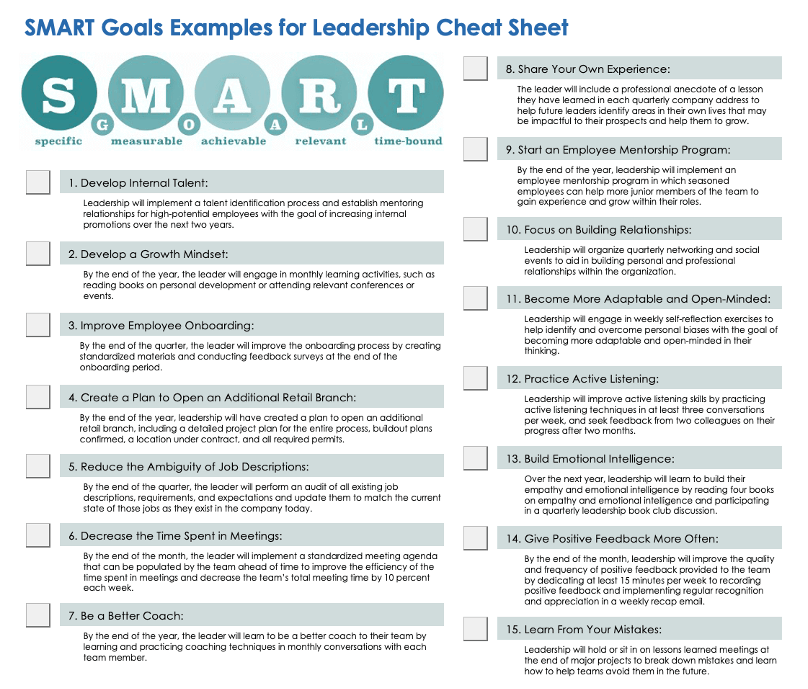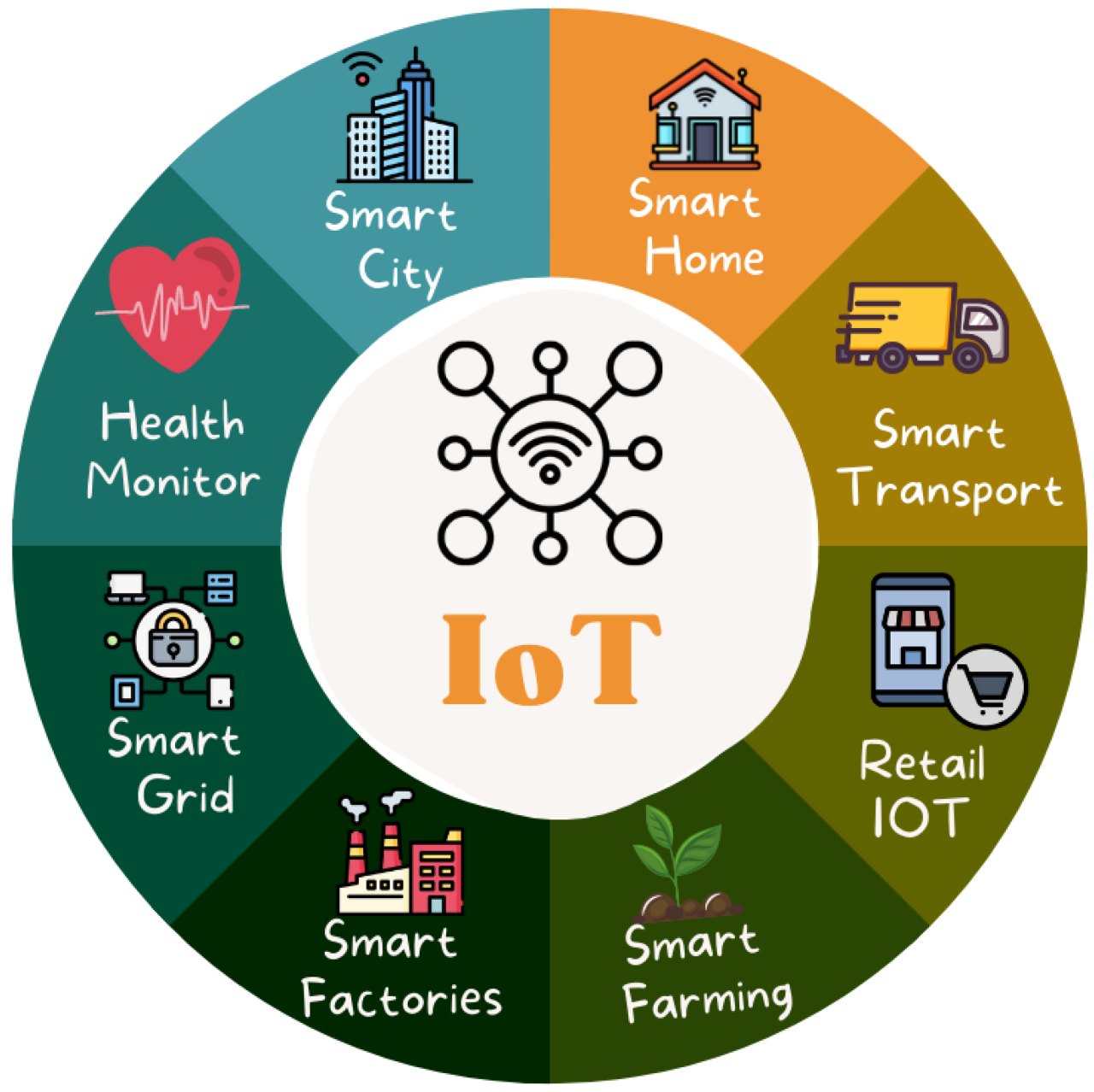Hub smart home is redefining the way we interact with our living spaces, transforming them into seamless havens of convenience. Imagine a world where your devices communicate effortlessly, enhancing your daily routines and lifestyle. This innovative technology integrates various smart devices, making home automation not just a possibility, but a reality that simplifies our lives.
The core functions of a hub smart home include centralizing control over multiple devices, allowing for a more cohesive user experience. Unlike standalone devices, a hub offers enhanced connectivity and interoperability, significantly boosting efficiency and performance. As consumer habits evolve, the demand for interconnected systems continues to rise, paving the way for advanced hub technologies that promise to revolutionize our daily interactions with our homes.
Overview of Hub Smart Home Technology

The evolution of home automation has brought forth the hub smart home technology, which serves as the central nervous system of various connected devices within a residence. This technology allows users to manage and control all connected devices from a single interface, streamlining the experience of home automation and enhancing the overall living environment.
Hub smart home technology integrates a myriad of devices, ranging from lighting systems and thermostats to security cameras and smart appliances. The central hub acts as a bridge between these devices, allowing them to communicate with one another regardless of brand or protocol, thus creating a cohesive smart home ecosystem. Through the use of a smartphone application or voice command systems, homeowners can easily adjust settings, monitor activities, and automate routines, providing both convenience and security.
Benefits of Using a Hub for Home Automation
Utilizing a hub for home automation offers numerous advantages over relying on standalone devices. The following points illustrate these benefits:
- Centralized Control: A hub allows users to manage all connected devices from a single application, eliminating the need to switch between multiple apps.
- Device Compatibility: Hubs are designed to support various protocols such as Zigbee, Z-Wave, and Wi-Fi, enabling seamless integration of devices from different manufacturers.
- Improved Automation: Users can create complex automation scenarios that involve multiple devices, enhancing the capability to customize home environments based on specific needs.
- Remote Access: Most hubs offer remote monitoring and control capabilities, allowing homeowners to manage their smart home even when they are away.
- Enhanced Security: A centralized system can provide comprehensive security features, including alerts and notifications for unusual activities around the home.
Evolution of Hub Smart Home Technologies
The development of hub smart home technologies has significantly transformed consumer habits, making smart home devices more accessible and appealing to a wider audience. Initially, home automation was limited to high-end systems with complex setups, but advancements in technology have led to more user-friendly solutions.
Innovative hubs, such as the Amazon Echo Plus and Google Nest Hub, brought voice control to the forefront, allowing users to interact with their devices in a more natural and intuitive manner. This shift has led to an increased adoption of smart home technologies among average consumers who seek convenience and efficiency in their daily lives.
Real-life examples demonstrate this trend, with reports indicating that the global smart home market is expected to reach $135.3 billion by 2025, driven by the increasing demand for connected devices and home automation solutions. As technology continues to evolve, the integration of artificial intelligence and machine learning into hub systems is poised to further enhance the functionality and personalization of the smart home experience, tailoring it to individual preferences and lifestyles.
“The integration of AI in hub technologies is not merely about automation; it’s about creating intelligent environments that adapt to users’ needs.”
Types of Hub Smart Home Systems

The landscape of smart home technology is vast, with various hub systems designed to meet diverse user needs. These hubs serve as the central control point for managing assorted smart devices within a home, ensuring seamless interaction and integration. Understanding the different types of hub systems available can assist consumers in making informed decisions tailored to their specific requirements.
There are several types of hub smart home systems, each catering to different functionalities and user preferences. The primary classifications include cloud-based hubs, local hubs, and hybrid hubs, which combine features of both cloud and local systems. Each type has its unique characteristics, impacting user experience, device compatibility, and security.
Comparison of Popular Hub Smart Home Brands
The following table Artikels some of the most popular smart home hub brands available in the market, detailing their key features and compatibility with various devices.
| Brand | Type | Key Features | Compatibility |
|---|---|---|---|
| Samsung SmartThings | Cloud-based | Supports multiple protocols, user-friendly app, automation and scheduling | Zigbee, Z-Wave, Wi-Fi, Bluetooth |
| Amazon Echo Plus | Local | Voice control with Alexa, built-in Zigbee hub | Zigbee, Wi-Fi, Bluetooth |
| Google Nest Hub | Cloud-based | Voice control with Google Assistant, touchscreen display, media playback | Wi-Fi, Bluetooth |
| Apple HomePod | Cloud-based | Integration with Apple ecosystem, HomeKit support, voice control | Thread, Wi-Fi, Bluetooth |
| Hubitat Elevation | Local | Advanced automation, privacy-focused, supports local processing | Zigbee, Z-Wave, LAN-connected devices |
The compatibility of various devices with different hub systems is crucial in determining which system best meets the user’s needs. Each hub has its own set of supported protocols, which dictates the range of devices it can control. For instance, hubs that support multiple protocols, such as Zigbee and Z-Wave, typically provide greater flexibility and device compatibility. Users should carefully consider the types of devices they currently own or plan to purchase when selecting a hub.
“A smart home hub acts as the brain of your smart home ecosystem, integrating devices from various manufacturers and protocols for a cohesive experience.”
Understanding the compatibility matrix of devices with various hub systems can significantly enhance the user experience and ensure a fully functional smart home setup.
Implementation and Setup of Hub Smart Home
Setting up a hub smart home system can seem daunting, but with a structured approach, it becomes manageable and rewarding. The implementation of smart technology not only enhances convenience but also boosts security and energy efficiency within your home. This guide will take you through the step-by-step process of setting up your hub smart home, integrating multiple devices seamlessly, and tackling common troubleshooting issues.
Step-by-Step Guide to Setting Up a Hub Smart Home System
To effectively implement your hub smart home, follow these steps:
1. Select a Hub: Choose a smart home hub compatible with your devices and preferred platform (e.g., Amazon Alexa, Google Assistant, Apple HomeKit). Popular options include Samsung SmartThings, Hubitat, and Wink.
2. Installation of the Hub: Place the hub in a central location within your home to ensure optimal connectivity with all devices. Plug it into a power source and connect it to your Wi-Fi network as per the manufacturer’s instructions.
3. Download the Companion App: Most hubs come with a smartphone app that allows you to manage your devices. Download and install the app from your device’s app store.
4. Account Setup: Create an account or log into your existing account within the app. This account will facilitate device management and remote access.
5. Connect Devices: Add your smart devices to the hub via the app. Ensure that each device is powered on and in pairing mode. Follow the app’s instructions to connect each device to the hub.
6. Create Automations and Scenes: Use the app to set up automations based on your preferences. This could include routines like turning on lights at sunset or locking doors at night.
7. Test Functionality: Once devices are connected, test each one to ensure they function as intended. Check for responsiveness and automation effectiveness.
Best Practices for Integrating Multiple Devices for Seamless Operation
Integrating multiple devices within your smart home hub enhances functionality. Here are best practices for achieving seamless operation:
– Choose Compatible Devices: Always check compatibility between devices and the hub to avoid connectivity issues. Devices that support common protocols like Zigbee or Z-Wave often work better together.
– Group Similar Devices: Organize devices into rooms or groups within the app. This allows for easier management and control, especially when setting up automations.
– Regular Updates: Keep your hub and all connected devices updated with the latest firmware. This ensures optimal performance and security.
– Network Stability: Use a strong and stable Wi-Fi connection to minimize disruptions. Consider investing in a mesh Wi-Fi system if you experience dead zones in your home.
– Utilize Voice Control: For convenience, integrate voice control to manage devices hands-free. Ensure your hub’s capabilities align with your preferred voice assistant for effective use.
Troubleshooting Common Issues During Setup, Hub smart home
Encountering issues during setup is not uncommon. Addressing common problems promptly can save time and frustration:
– Device Not Connecting: If a device fails to connect, ensure it is in pairing mode and within range of the hub. Restart the device and hub if necessary.
– App Connectivity Issues: For problems with the app not recognizing the hub, check your internet connection and ensure the app is updated. Restarting the app may also help.
– Slow Response Times: If devices respond slowly, check the hub’s location and ensure it is not obstructed. A central location often enhances connectivity.
– Automation Failures: If your automations do not trigger as expected, review the settings in the app. Ensure conditions for triggering are met, such as the correct time or device status.
– Firmware Updates Required: Regularly check for firmware updates for both the hub and connected devices. Outdated software can lead to connectivity and performance issues.
“Effective integration and management of devices within a hub smart home system can enhance convenience, security, and energy efficiency for homeowners.”
Future Trends in Hub Smart Home Technology

The future of hub smart home technology is poised for transformative advancements as emerging technologies reshape how we interact with our living spaces. With the rapid evolution of artificial intelligence, the Internet of Things (IoT), and advanced connectivity solutions, the landscape for smart home hubs is expected to shift dramatically in the coming years. Understanding these trends and the accompanying challenges is vital for consumers and developers alike.
One of the most significant influences on the future of hub smart homes is the rise of artificial intelligence and machine learning. These technologies have the potential to create more intuitive and responsive systems that adapt to user behaviors and preferences. Additionally, the growing integration of 5G connectivity will enhance the speed and reliability of smart home devices, facilitating real-time communication and enabling more complex automation scenarios.
Emerging Technologies Influencing Smart Home Hubs
Several key technologies are emerging that will significantly impact the development of smart home hubs:
- Artificial Intelligence: AI will drive personalization, enabling hubs to learn user routines and preferences to automate tasks intelligently.
- 5G Connectivity: The rollout of 5G networks will offer faster data transfer, allowing multiple devices to communicate seamlessly without latency issues.
- Edge Computing: This technology will enable data processing closer to the source, reducing response times and increasing security by limiting data sent to the cloud.
- Voice Recognition Advancements: Enhanced voice control capabilities will make interactions with smart home systems more natural, paving the way for broader accessibility.
Challenges Facing Smart Home Hub Growth
As smart home technology continues to evolve, it is met with several challenges that could hinder growth over the next decade:
- Interoperability Issues: The multitude of devices and platforms can create compatibility problems, complicating integration for consumers.
- Data Privacy Concerns: Increasing awareness of data privacy issues may lead consumers to hesitate in adopting smart home technology due to fears over data security.
- High Initial Costs: Despite falling prices, the initial costs of setting up a comprehensive smart home system can still deter potential consumers.
- Technological Complexity: Users may find the complexity of setup and maintenance to be a barrier, leading to frustration and abandonment of systems.
Predictions on Consumer Preferences Shaping Hub Technologies
The future of hub smart home technology will be significantly influenced by changing consumer preferences. As users become more informed and selective, several trends are likely to emerge:
- Simplified User Interfaces: Consumers will demand intuitive and user-friendly interfaces that require minimal technical knowledge to operate.
- Customization: A growing desire for personalized experiences will lead manufacturers to prioritize customizable options in their hubs.
- Sustainability: Eco-conscious consumers will increasingly favor energy-efficient devices and systems that promote sustainability.
- Integration with Health Monitoring: There will be a rising trend towards hubs that offer health and wellness features, monitoring aspects such as air quality and home security.
- Increased Focus on Security: As smart homes become more prevalent, consumers will prioritize systems that offer robust security features and clear data privacy policies.
“The convergence of AI and IoT in the smart home ecosystem will redefine convenience, security, and user engagement in unprecedented ways.”
Clarifying Questions
What is a hub smart home?
A hub smart home is a centralized system that connects and controls various smart devices within a home, allowing for automation and integrated functionality.
How does a hub smart home differ from standalone devices?
A hub smart home provides a unified platform for managing multiple devices, whereas standalone devices operate independently without interconnectivity.
Can I use different brands of devices with a hub smart home?
Yes, many hub smart home systems are compatible with a variety of brands, but it’s important to check compatibility specifics for optimal performance.
What are some common issues when setting up a hub smart home?
Common issues may include connectivity problems, device compatibility challenges, and difficulties in configuring automation routines.
What future trends should I watch for in hub smart home technology?
Emerging trends include advancements in AI integration, enhanced security features, and increased focus on energy efficiency and sustainability in smart homes.
Samsung Smart Things offers a seamless way to control various smart devices in your home. By integrating platforms and gadgets, users can manage everything from lighting to security systems effortlessly. With the help of Samsung Smart Thing , your living space becomes more connected and efficient, enhancing daily routines.
For those looking to enhance their home automation, the switch z wave is an essential component. This technology allows devices to communicate wirelessly, giving you remote control over your electrical systems. It’s a reliable solution that integrates well with various smart home systems, making everyday tasks simpler and more convenient.